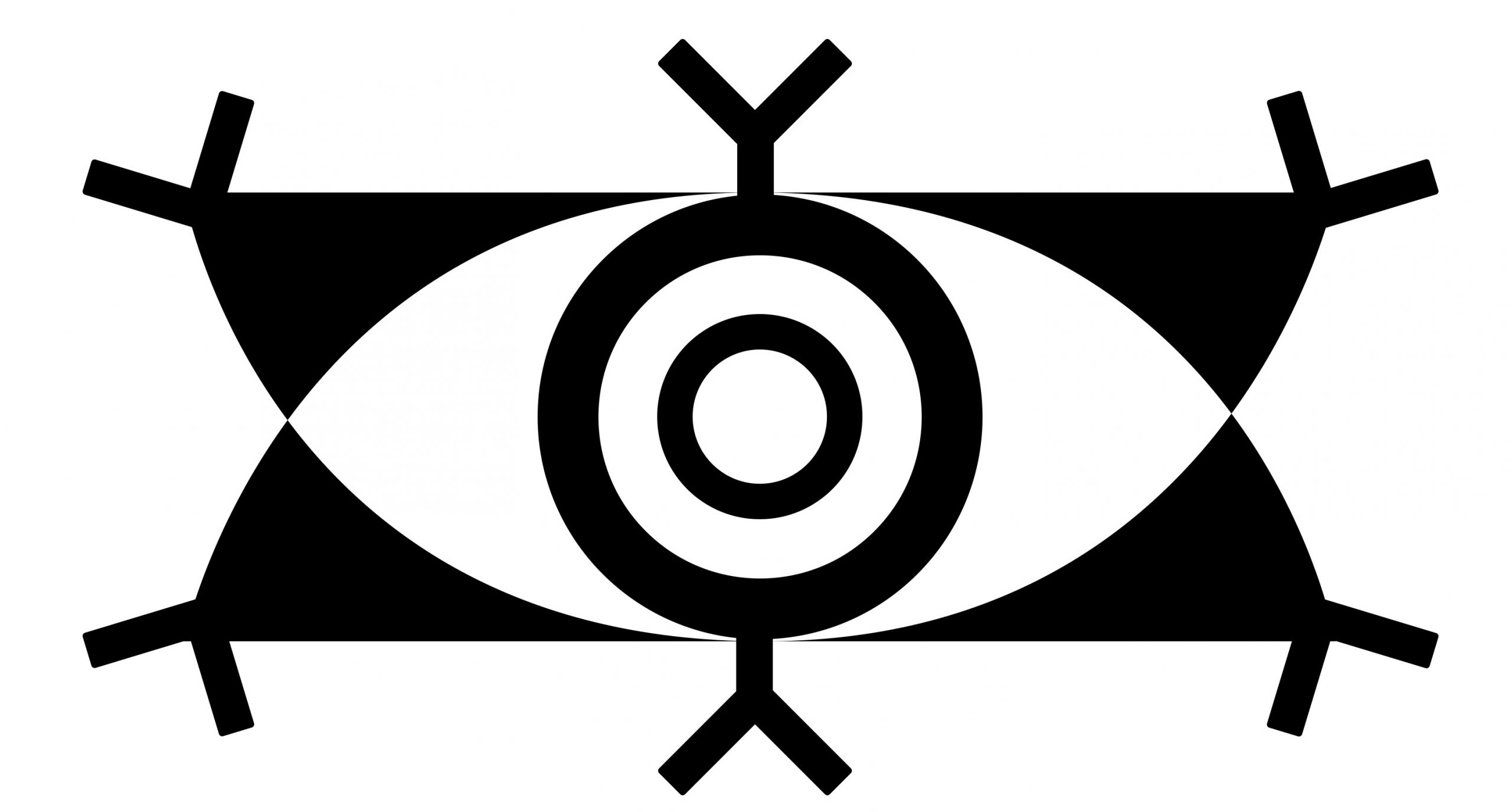As early as seven days before an attack, warning signs of an ischemic stroke may be visible and demand urgent treatment to prevent serious brain damage or even heart attack.
Of all the types of stroke Ischemic stroke account for 87%, caused by deficiency supply of blood to the heart or brain that is due to obstruction of the inflow of arterial blood, a narrowing of the large or small arteries in the brain, or by clots that block blood flow to the brain. It is often preceded by a transient ischemic attack (TIA), a “Warning stroke” or “ministroke” which has stroke-like symptoms, usually lasts less than five minutes and does not harm the brain.
The study involved 2,416 people with ischemic stroke. TIAs were experienced before the ischemic stroke in 549 patients and in most cases occurred within the previous seven days: 17% occurred on the day of the stroke, 9% the day before and 43% at some time given in the previous seven days before the stroke. Fatty deposits lining the vessel walls, known as atherosclerosis, are the main cause of ischemic stroke.
These are the common signs of stroke that are visible before the real attack.
- High blood pressure can lead to serious problems such as stroke by damaging nerves in the brain or weakening blood vessels and causing leaks or rupture to the brain, causing a stroke in the process.
- Trouble seeing in one or both eyes. Stroke can cause double vision, loss of vision in one eye, or blurred vision. Most people in a survey remembered blurry vision as a strong indicator.
- Sudden numbness or weakness on one side of the body: face, hands or legs. It is common to have numbness or weakness of the face, arms or legs on both sides of the body. In some cases, it may also be paralysis on the opposite side of where the stroke occurred in the brain.
- Trouble walking, dizziness, loss of balance or lack of coordination. Weakness for no reason, dizziness and lightheadedness were also found to be common factors in patients with stroke. A confusional state could be the result of the affected side of the brain.
- Severe headaches with no known cause. During a stroke, blood flow to the brain is blocked or interrupted, due to an interruption in blood flow. This can cause a vessel to rupture or damage, resulting in a migraine or very sudden headaches or migraine.
- Neck stiffness or shoulder pain. A rupture of a blood vessel in the brain can cause neck or shoulder stiffness. If you cannot touch your chest with your chin ( if you are not overweight or have other health conditions), seek immediate medical attention.
The following are people most likely to have a stroke:
- People with a high blood pressure of 140/90mmhg or higher.
- People aged 55 or Older men are more likely to have a stroke than a younger man or woman. At a younger age, men are more likely than women to have a stroke.
- Smoking can affect the amount of oxygen transported to the brain and can also cause a lot of destruction to the blood vessels, leading to an increase in blood pressure.
- People with Diabetes. Diabetes is caused by a deficiency in the hormone called insulin which regulates the level of sugar in the body. If there is a lack of insulin, sugar will not be able to reach the parts of the body where energy is needed – like the brain.
- Heart disease can cause blood clots, sometimes causing an interruption in blood flow that can lead to a stroke.
Other risk factors that can trigger ischemic stroke include alcohol and drug abuse, obesity, junk food or unhealthy food as well as lack of physical movement, exercise and any other degenerative problems.
If you are alone and there is an emergency, call your local emergency number. Do not attempt to go to the hospital alone as that might be dangerous, not only to you but to other road users. Avoid food or drink. Reduce your anxiety and worry: if you are under 60 years old, your chances of survival are 60% 70%. In case you are supporting or helping a patient, hold them on their side with your head raised. Sometimes they can throw up, so be prepared to prop up their head. Speak calmly and make sure he is not anxious. Observe the patient closely and inform the emergency operator of his condition.





